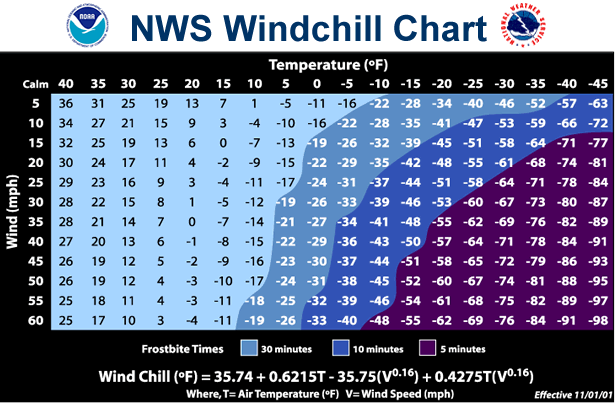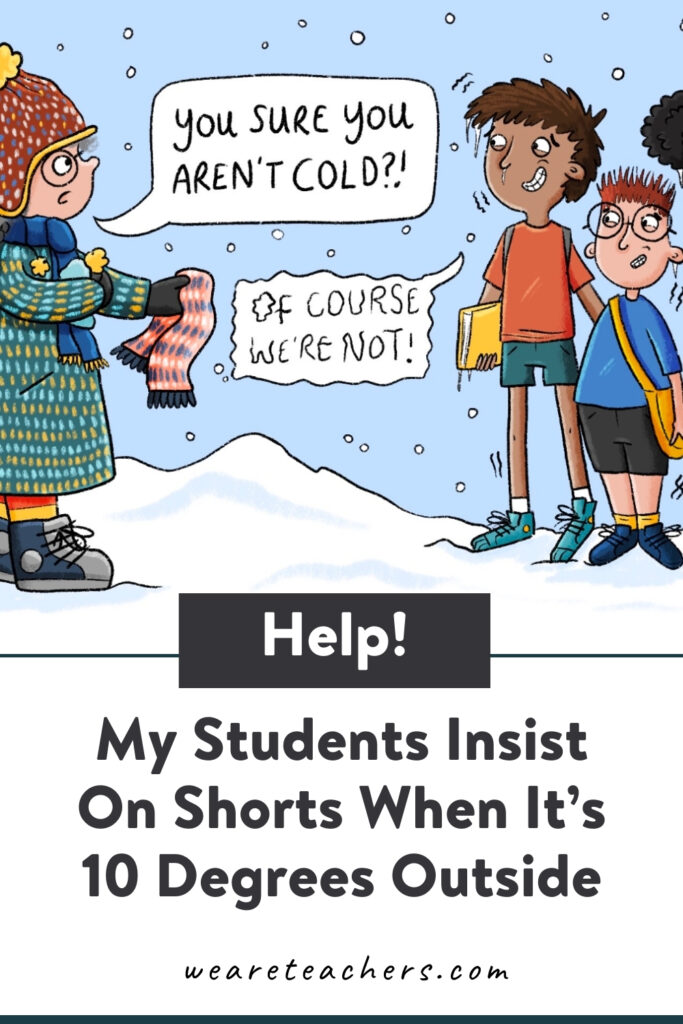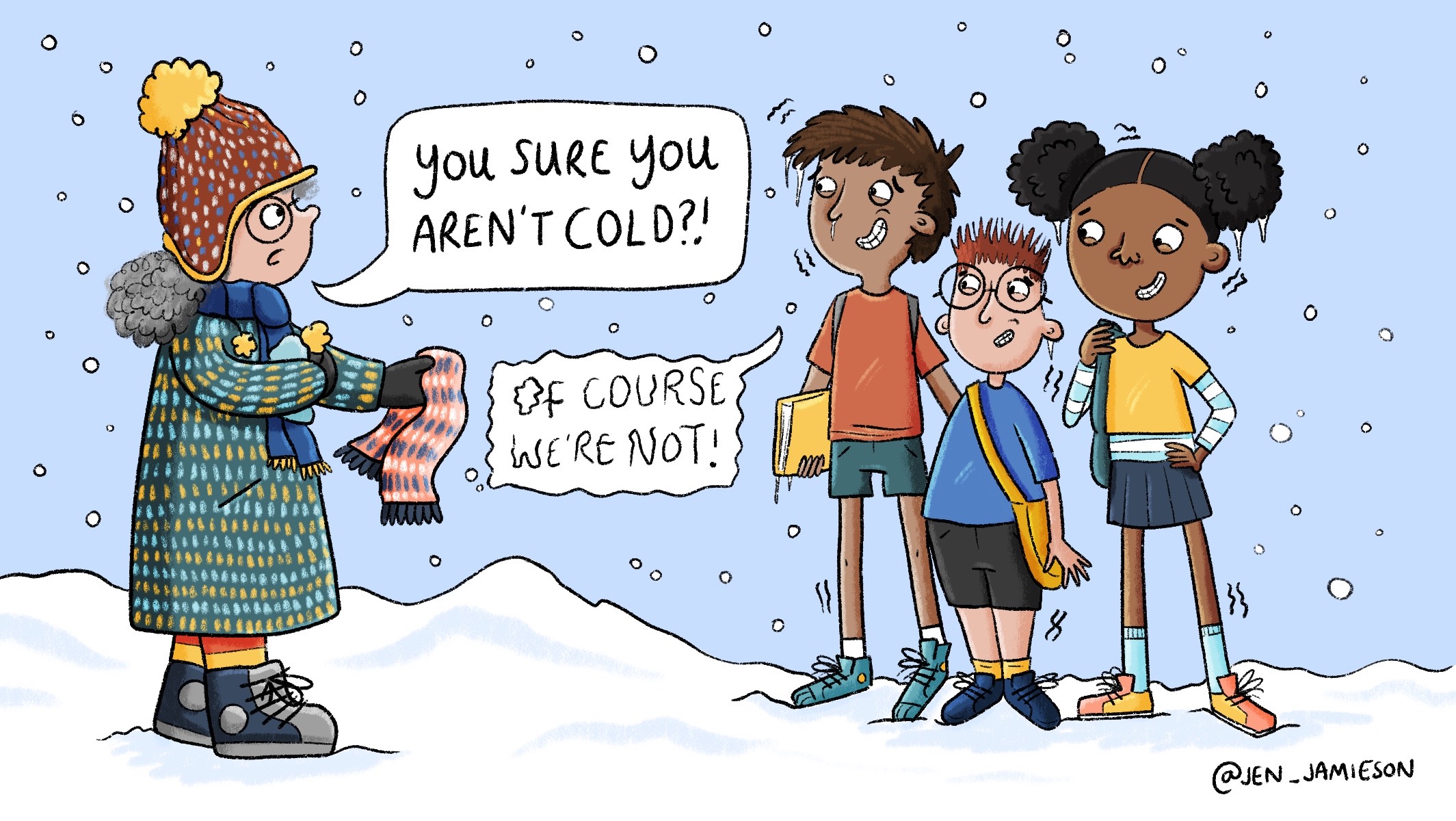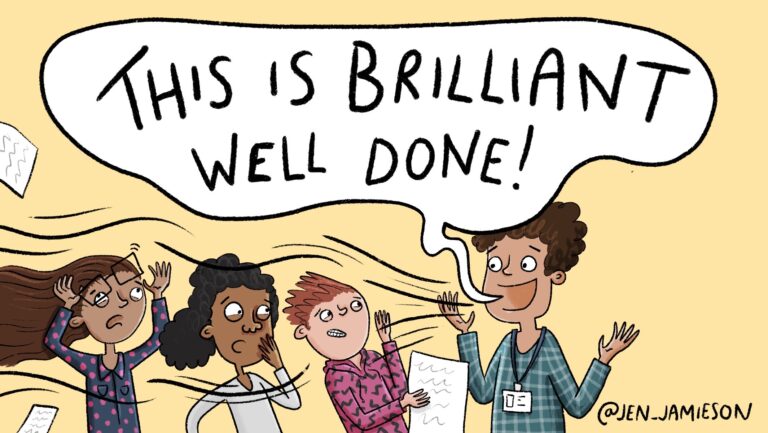Dear We Are Teachers,
I teach 5th grade in the Milwaukee area. I don’t know when this happened, but I guess wearing shorts in winter is cool now? During our 15-degree recess yesterday, I looked around and realized about half my students were in shorts, only a handful had a winter coat, and none had hats or gloves on. This is not an access issue. We have a whole “borrow” area in my classroom with cold weather clothing in a variety of sizes. My students tell me they just don’t like to wear them! Granted I tend to run cold, but this just seems unsafe to me. How can I motivate my students to dress appropriately?
—They’re really MILWAUKEENG The line here
Dear T.R.M.T.L.H.,
I’m a born and raised Houstonian, so I had to do extensive research here on cold problems. My Google searches have been comical.
“When is it too cold?”
“Is a parka a winter jacket?”
“Are scarves required ever?”
I have now spent a longer amount of time on this question than literally any other question in advice column history. I watched YouTube videos. Read articles. Compared a truly mind-blowing amount of contradicting information. In a fit of creativity, I developed an entire game plan including a really fun survey and a six-pack of Mylar thermal blankets, and then abandoned it altogether. I even listened to a whole podcast on this topic and have, finally, arrived at this conclusion:
It’s a health and safety issue. Thus, your principal either needs to set a school-wide policy or, at the very least, back your classroom policy. This policy should include:
- Below temperature XX, no outdoor activities.
- Between these two temperatures, no exposed skin. If students choose not to bring their own clothing AND choose not to use clothing from your borrow area, determine a fair consequence together.
- Above temperature XX, fair game. Go wild. Choose your own adventure.
Also, the temperature range you set should be based on windchill, not actual temperature. I don’t remember how windchill and temperature are related, but I have already spent far too much time on this question and can’t be bothered, so just consult this frostbite/windchill chart I found on my journey, OK?

It’s from the National Weather Service so it’s legit.
And no more questions about cold ever again, please. I can’t handle it.
Dear We Are Teachers,
I’ll keep this short: I’m looking for another job. But on multiple websites, I’ve discovered that 1.) the fields for your current principal’s email and phone number are required and 2.) they email your principal for a recommendation survey automatically when you submit the application! I would rather not tell my principal until I’m way further along in the process than simply applying. Is there a way to skirt this that’s not shifty?
—I Don’T want to tell my mom yet
Dear I.D.W.T.T.M.M.Y.,
Get the bubbliest, friendliest-sounding person you know to call the HR department of this district and ask, “Hi! I was about to apply for a position, but I noticed the contact information for my principal is required. I’m not quite ready to tell my principal I’m looking to leave. Can you tell me how I should proceed with the application?”
That’s the best course of action since they’re the first line to get past in hiring. (Also, in the weird event they ask for a name, they won’t know it was you that didn’t want to tell their principal.) They may say to write “N/A” in those fields or put in your contact info, but this way you’ll have your response backed by HR.
Do keep in mind that if you’re applying in your area, principals know each other really well. Since your school is listed on your application, they will likely know who your principal is and could reach out off-record even without you providing their details. That’s not to scare you away from applying—principals understand that teachers leave! Just don’t underestimate the interconnectedness of the principal network.
Dear We Are Teachers,
I teach middle school in a purple state but a very red suburb. About halfway through last semester, I had some students begin to test the boundaries by using inappropriate language (words that disparage minority and LGBTQ+ groups). I told them I don’t allow that language in my class. Now, these students have taken to “slipping” these words in however they can—while coughing, saying them “on accident” and correcting themselves immediately, even writing them on Google Classroom and then claiming they simply spelled another word wrong. I don’t know what to do. I’m worried that if I make too big of a deal about it or threaten them—especially when students claim it’s happening on accident—parents or administrators will think I have some kind of “woke agenda.” I just want to keep the language in my class academic! Can you help?
—super over it
Dear S.O.I.,
As you’ve indicated, these are not accidents. Students are fully aware what language is inappropriate and are finding ways to use hate and biased speech in your class. You have to put an end to it.
Start with a class discussion.
“I have a question for you. How much does intent matter when someone does something wrong? In other words, if someone breaks a rule, should they be punished if they didn’t mean to do it?”
Students will discuss this for a while. Knowing middle schoolers, they’ll probably start joking about how you should be able to get out of any mistake/crime by saying “I didn’t mean to.” But eventually (usually when they think about wrongs done to them), they’ll arrive at the idea that while intent can be a mitigating factor, it doesn’t excuse a wrongdoing.
“I’ve been noticing that some of you are having trouble with requirements in our student code of conduct when it comes to inappropriate language. Let me take an opportunity to remind you of the expectations and consequences. [Read from handbook.]”
“Does the handbook talk about intent? For example, does it say the consequences are different for students who use this language on accident?”
Read it again if you have to, but the answer they should arrive at is no.
“From now on, intent doesn’t matter when it comes to inappropriate language. This includes written and spoken language. If you have any questions about this, please email me at any time.”
I would also email an administrator a note that your students have been using inappropriate language despite redirection. Document the date of your discussion, the fact that you reviewed the student handbook, and that you invited students to email you with any questions they have.
The University of Pennsylvania’s Graduate School of Education has a great educator’s playbook on dealing with hate speech at school, too, if you need an additional resource.
But I would say if you don’t have administrative support on curbing hate or biased speech in the classroom, I’d be looking for another district (or, at minimum, another school) ASAP. I’d also make a report with the ACLU. The defiance worries me less than a culture of not protecting the students these words impact.
Do you have a burning question? Email us at askweareteachers@weareteachers.com.
Dear We Are Teachers,
I teach high school juniors. Last week, I got an email that said, verbatim and in its entirety: “Need a letter of rec from you no later than WEDNESDAY AT NOON.” This was sent on a Tuesday at 11:35 p.m. and I didn’t see it until I logged into my email at school. There was no way I could have written the letter before noon anyway, so I didn’t respond until after school. When the student’s dad complained about my late response, I reminded him that our student code of conduct says students have to give a full week’s notice when requesting a letter of recommendation from a teacher. Then the parent complained to my principal that my pettiness in ignoring his child cost him his college admissions! The entitlement is going to break my brain. Do I have to respond right away to rude emails from students? Or at all?
—RETURN TO SENDER


